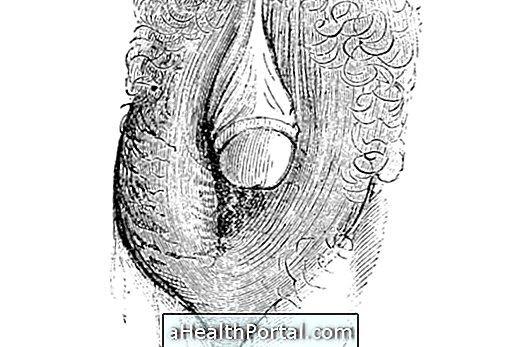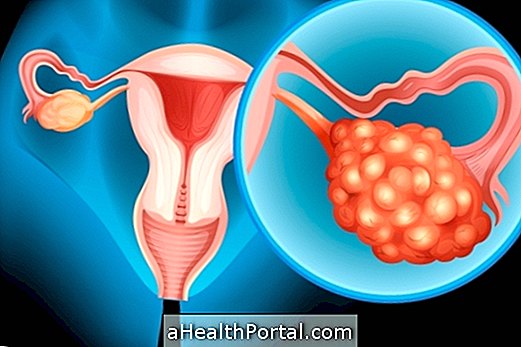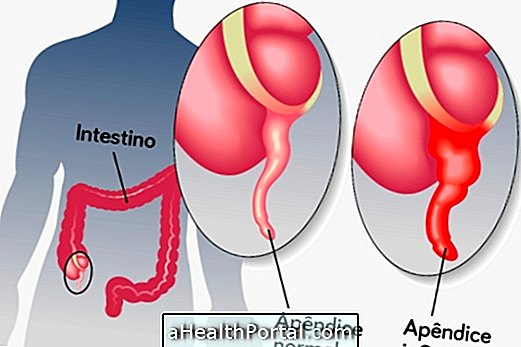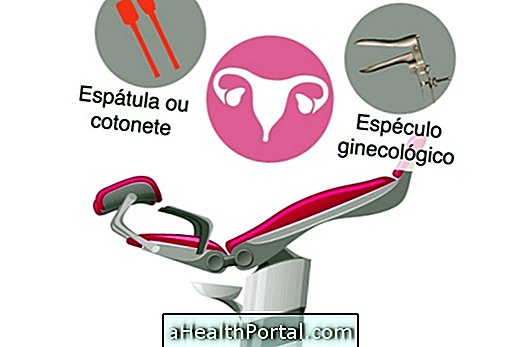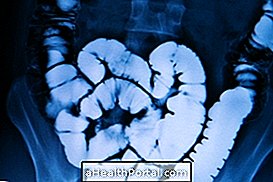Hemochromatosis is a disease that causes excess iron in the body, which may accumulate in various organs of the body, and the onset of complications such as cirrhosis of the liver, diabetes, skin darkening, heart failure, joint pain or dysfunction of the glands, for example.
This disease can be brought about in two ways:
- Hereditary hemochromatosis : it is the main cause of the disease, which happens due to mutations in the genes responsible for the absorption of iron in the digestive tract, which are now absorbed in great quantity;
- Secondary or Acquired Hemochromatosis : Iron accumulation occurs due to other situations, especially in people with diseases called hemoglobinopathies, where the destruction of red blood cells releases large amounts of iron into the bloodstream. Other causes are repeated blood transfusions, chronic cirrhosis, or the use of drugs for anemia, for example.
The treatment for hemochromatosis is indicated by the hematologist, with the performance of phlebotomies, which are periodically removed from blood so that the deposited iron is transferred to the new red blood cells that the organism produces. Another option is the use of iron chelating medicines, such as Desferroxamine, that help to eliminate it.
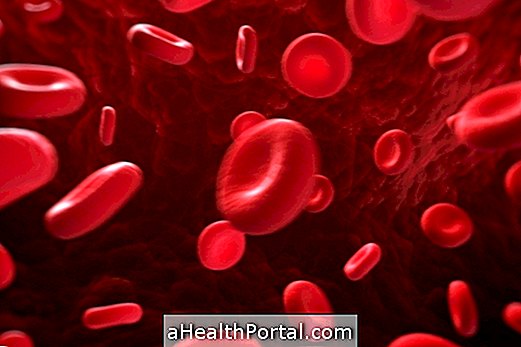
Signals and symptons
Excess iron in the bloodstream causes it to deposit into various organs of the body such as liver, heart, pancreas, skin, joints, testicles, ovaries, thyroid, and pituitary.
Thus, the main signs and symptoms that may arise include:
- Fatigue;
- Weakness;
- Cirrhosis of the liver;
- Diabetes;
- Heart failure and arrhythmias;
- Joint pain;
- Infertility;
- Absence of menstruation;
- Sexual impotence;
- Hypothyroidism.
In addition, iron accumulation and fibrosis of the liver increase the chances of developing liver cancer. Read more about symptoms that indicate excess iron.
How to confirm
The main tests indicated for the diagnosis are:
- Dosages of iron, ferritin, and transferrin saturation in the blood. Know what ferritin is and how to evaluate this test;
- Genetic tests, which may show changes in the genes that cause the disease;
- Hepatic biopsy, especially when it has not been possible to confirm the disease or to verify the deposit of iron in the liver;
- Phlebotomy response test, performed with blood withdrawal and monitoring of iron levels, mainly indicated for people who can not undergo a liver biopsy or in whom there is still doubt about the diagnosis;
The hematologist may also request dosages of liver enzymes, investigate the function or deposition of iron in organs that may be affected, as well as exclude other diseases that may cause similar symptoms.
Hemochromatosis should be investigated in people with suggestive symptoms, when there is liver disease, diabetes, heart disease, sexual dysfunction or unexplained joint disease, and also in people who have first-degree relatives with the disease or who have blood tests.

How is the treatment done?
Hereditary hemochromatosis has no cure, however, treatment can be done as a way to decrease iron stores in the blood and prevent deposits in the organs.
The main form of treatment is with phlebotomies, also called sangrias, in which part of the blood is removed in sessions so that the excess of iron happens to compose the new red blood cells that the organism produces.
This treatment has a more aggressive initial session, but maintenance doses are required, in which about 350-450 ml of blood is withdrawn 1 to 2 times per week. The sessions can then be scaled according to the results of follow-up examinations, as indicated by the hematologist.
Another treatment option is the use of iron chelators or "hijackers", such as Desferroxamine. This treatment is indicated for people who do not tolerate phlebotomy, especially those with severe anemia, heart failure or advanced cirrhosis of the liver. Learn more guidelines on treatment for excess blood iron.
Diet for hemochromatosis
Throughout the treatment, it is also indicated to decrease the consumption of excess iron by the feeding. Some diet tips are:
- Avoid eating meat in large quantities, giving preference to white meat;
- Eat fish at least 2 times a week;
- Avoid eating vegetables rich in iron, such as spinach, beets or green beans, more than once a week;
- Eat whole grain bread instead of white or iron-enriched bread;
- Eat cheese, milk or yogurt daily because calcium lowers iron absorption;
- Avoid eating nuts, like raisins, in large quantities because it is rich in iron.
In addition, the patient should avoid alcoholic beverages in order to avoid liver damage and not consume vitamin supplements with iron and vitamin C, as this increases the absorption of iron. Find out more about the foods you should avoid in Foods Rich in Iron.
